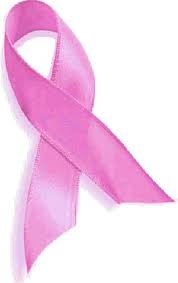 Taking tamoxifen (Novaldex) for 10 years after primary treatment leads to a greater reduction in breast cancer recurrences and deaths than taking the drug for only 5 years according to findings from the ATLAS trial, which were presented at the San Antonio Breast Cancer Symposium.
Taking tamoxifen (Novaldex) for 10 years after primary treatment leads to a greater reduction in breast cancer recurrences and deaths than taking the drug for only 5 years according to findings from the ATLAS trial, which were presented at the San Antonio Breast Cancer Symposium.
Nearly 7,000 women with early-stage, estrogen-receptor positive breast cancer were enrolled in the trial between 1996 and 2005. After taking tamoxifen for 5 years, participants were randomly assigned to continue taking tamoxifen for another 5 years or to stop taking it. Among the women who took tamoxifen for 10 years, the risk of breast cancer returning between 10 and 14 years after starting tamoxifen was 25 percent lower than it was among women who took it for 5 years, and the risk of dying from breast cancer was nearly 30 percent lower. Interestingly, the positive difference in outcome only emerged after the 10-year mark of taking the drug, and not between 5 -9+ years.
Tamoxifen can have side effects, including hot flashes, fatigue, and an increased risk of blood clots and endometrial cancer but there was no rise in the occurrence of these side effects for the women who took the drug for the extended period. Women with a higher risk of their cancer returning long after adjuvant therapy ends, such as those whose cancers had infiltrated their lymph nodes or who had larger tumors, "will definitely be strong candidates for continuation of [tamoxifen] therapy," Dr Ravdin of the University of Texas Health Sciences Center at San Antonio, who moderated the press briefing said. But a woman at low risk of recurrence at any point "may very well rationally decide she doesn't want to take tamoxifen beyond 5 years”.
Both Pre-menopausal and Post-menopausal women could be candidates for this extended use of tamoxifen adjuvant therapy. It is important to consult with your doctor about the efficacy of this treatment for you.
~Cameron Phillips
NCI Cancer Bulletin December 12, 2012 vol 9 number 24

 A clinical trial to see if a gel containing an active form of
A clinical trial to see if a gel containing an active form of